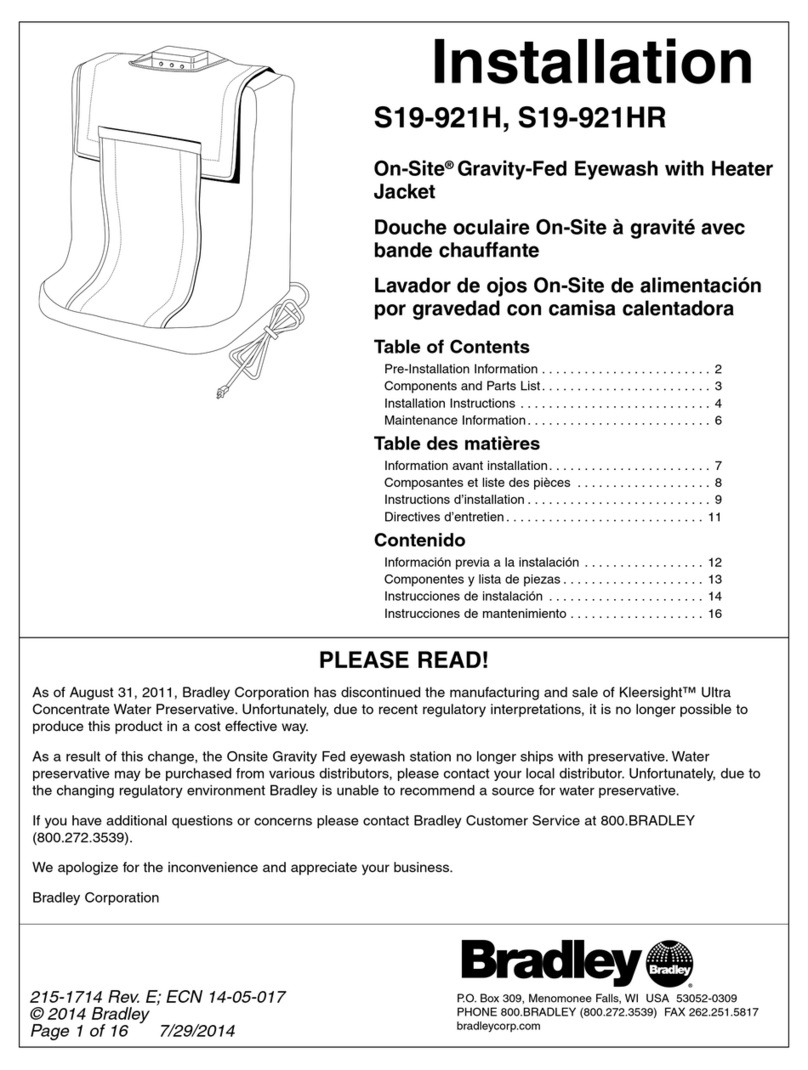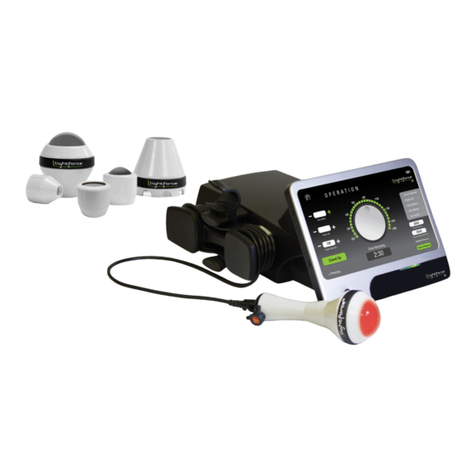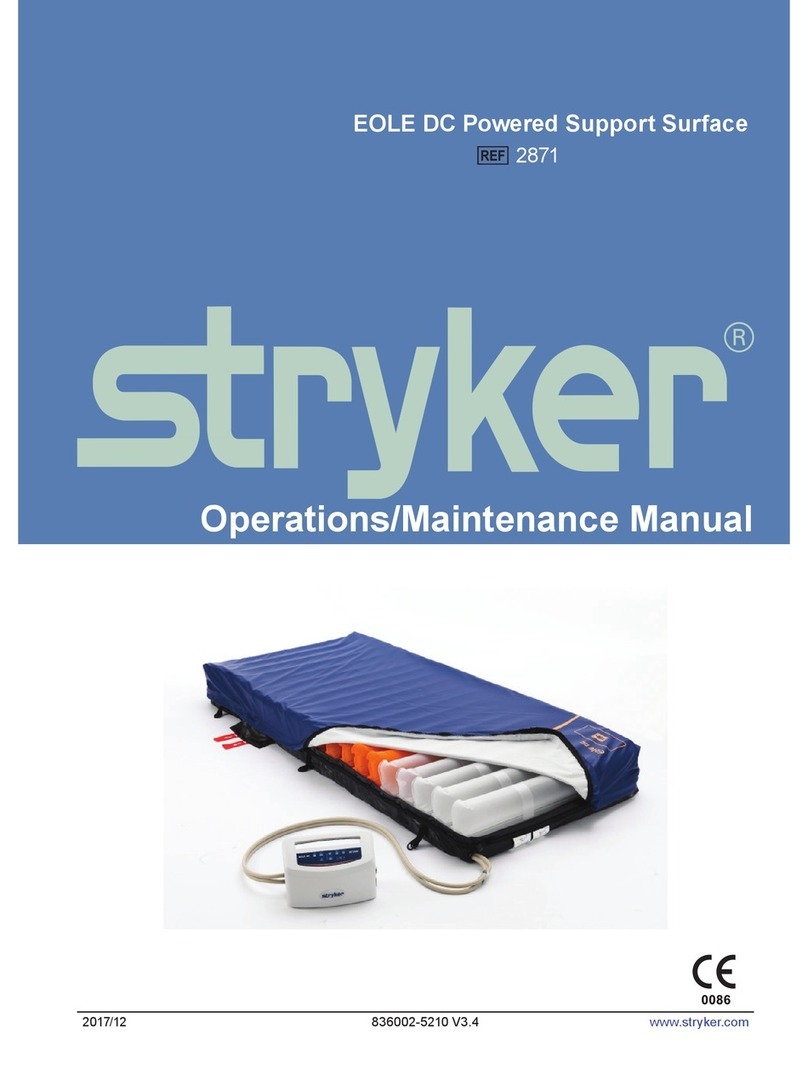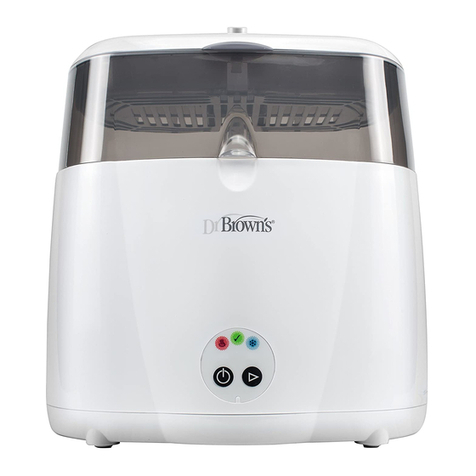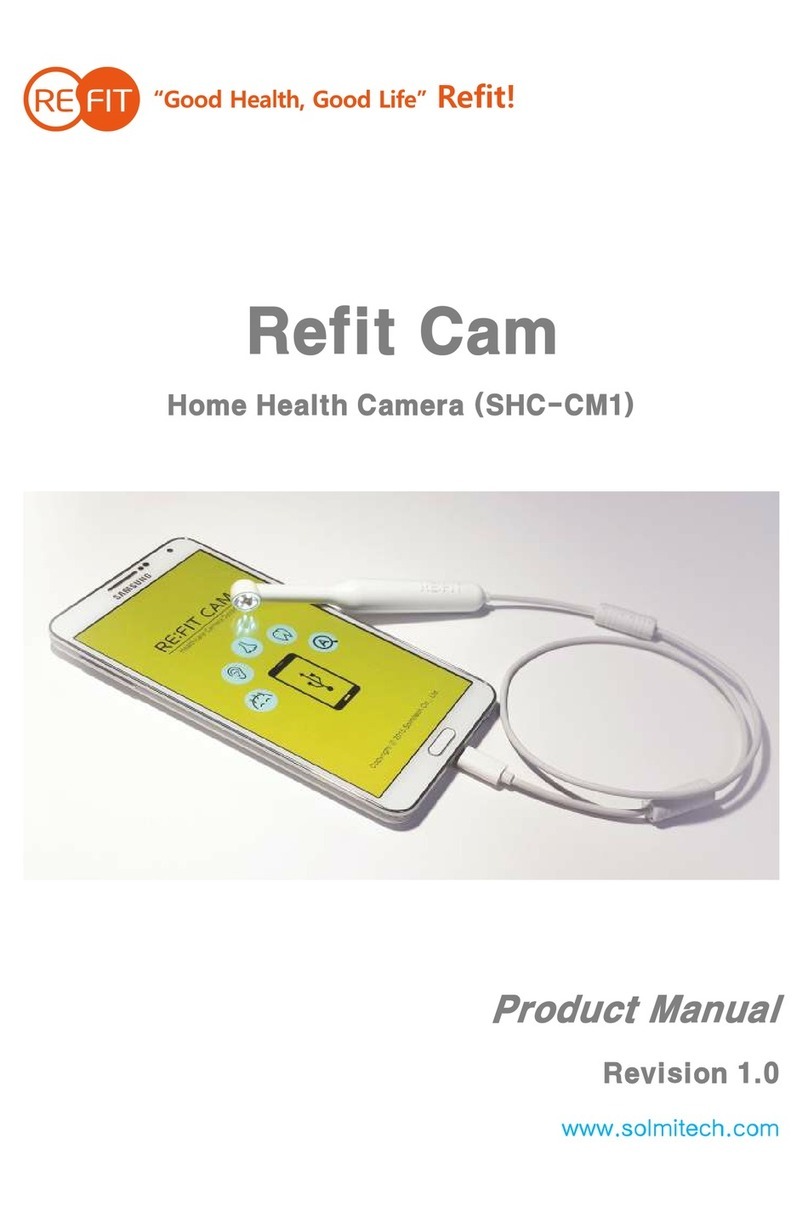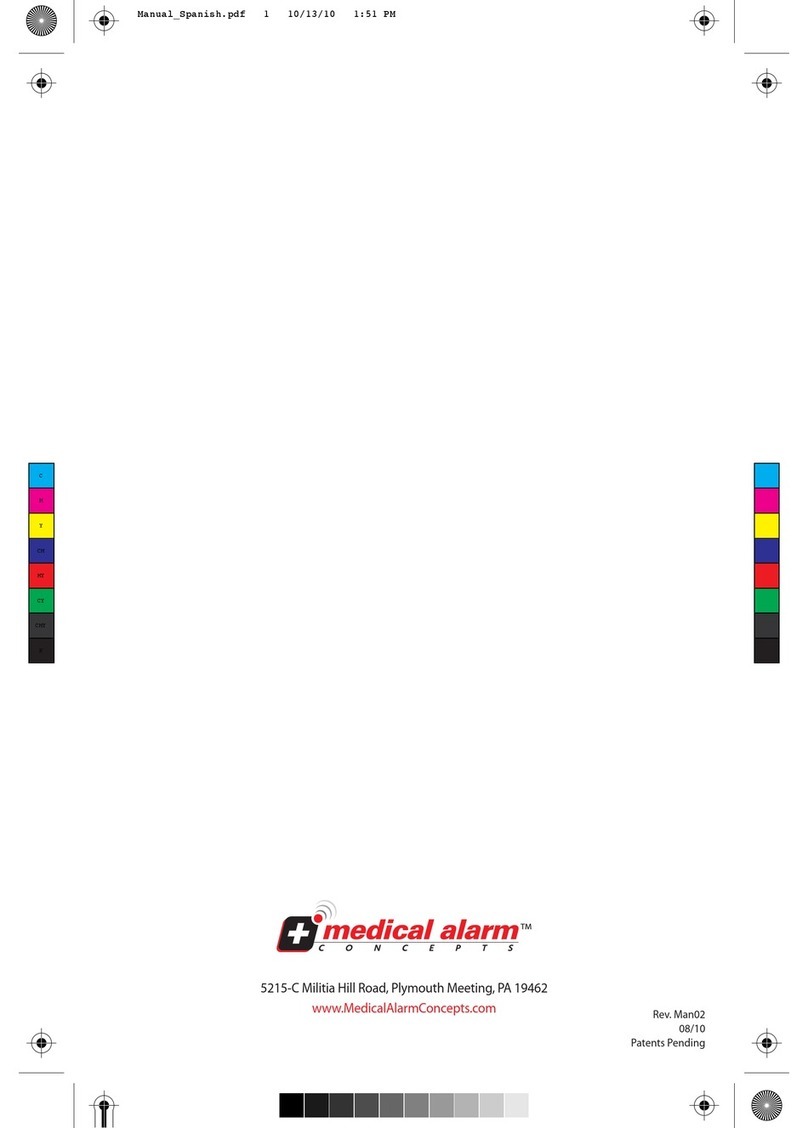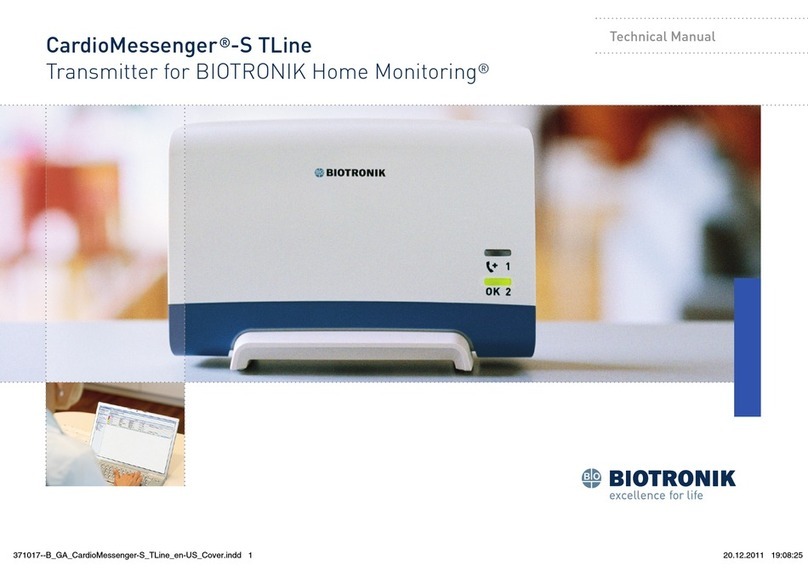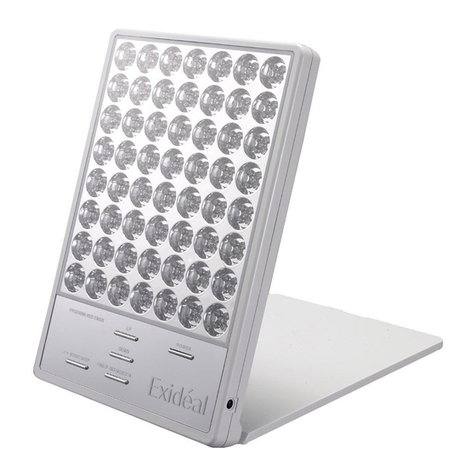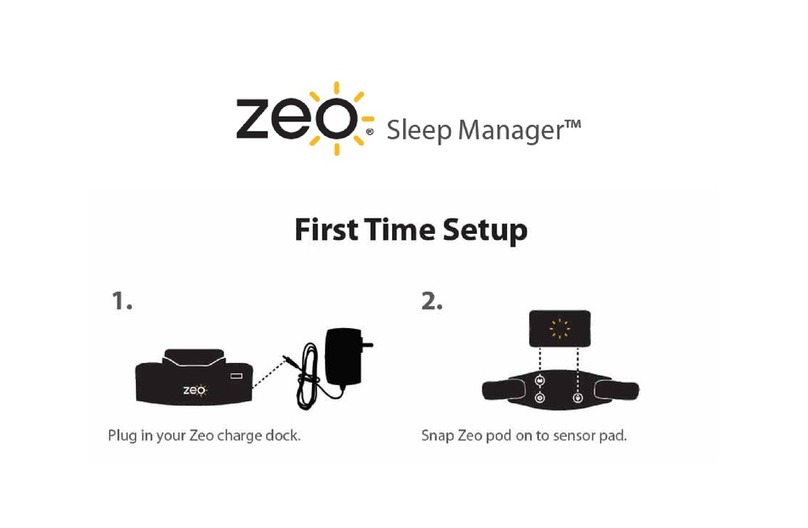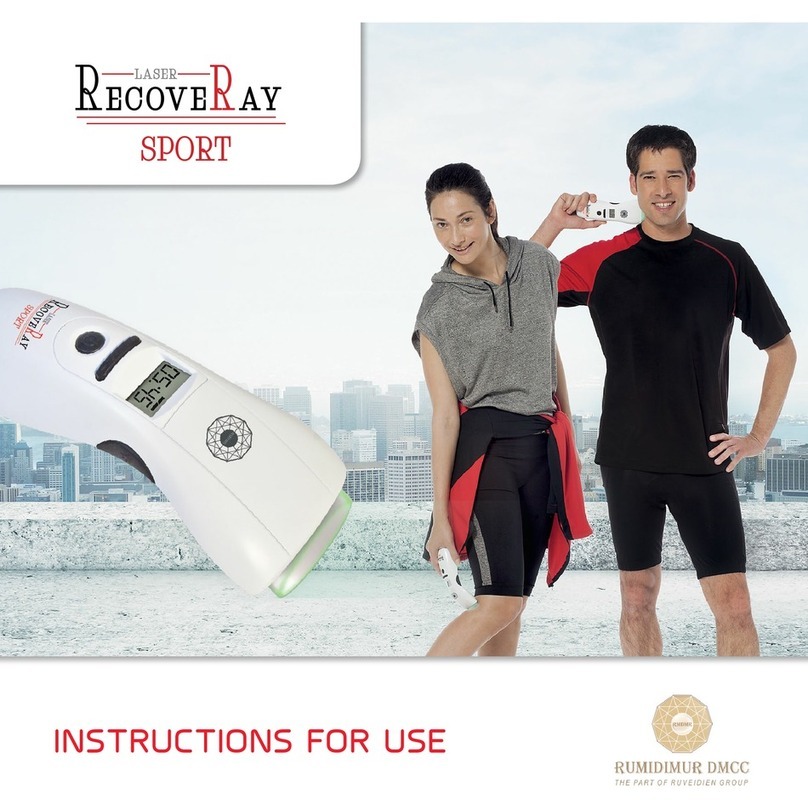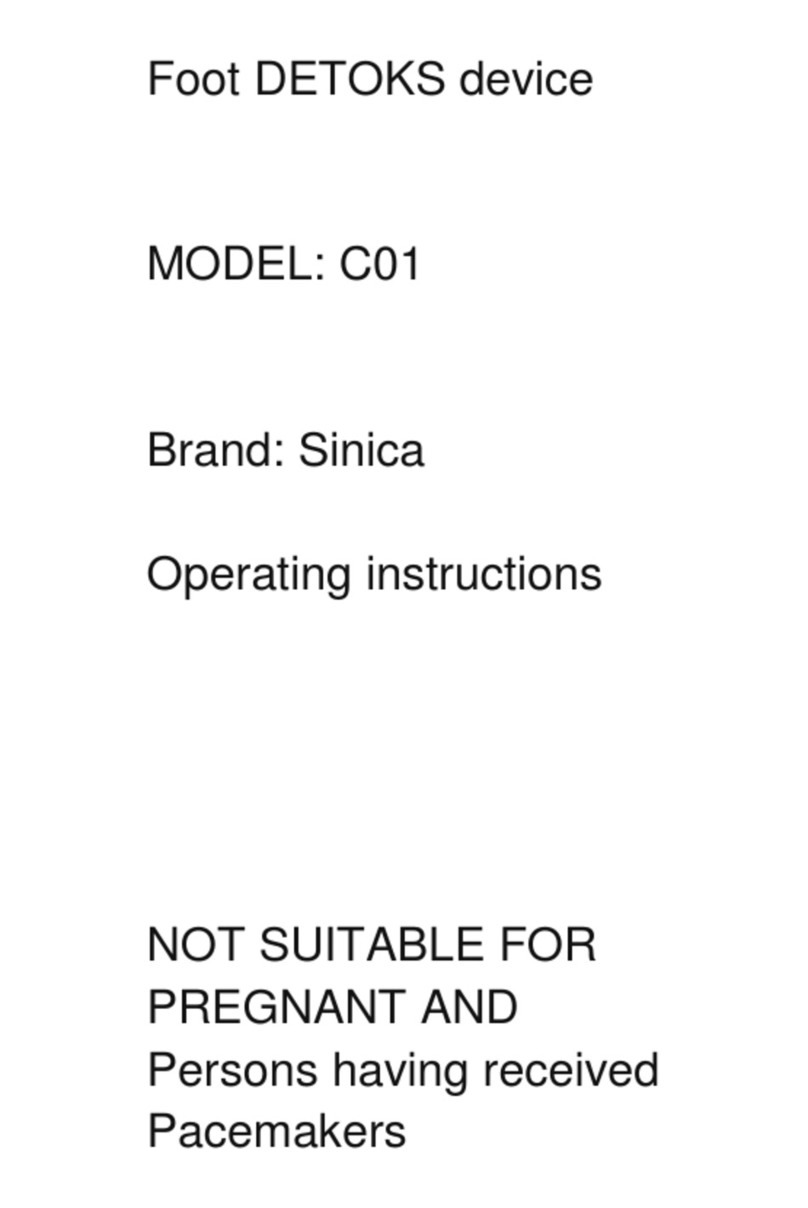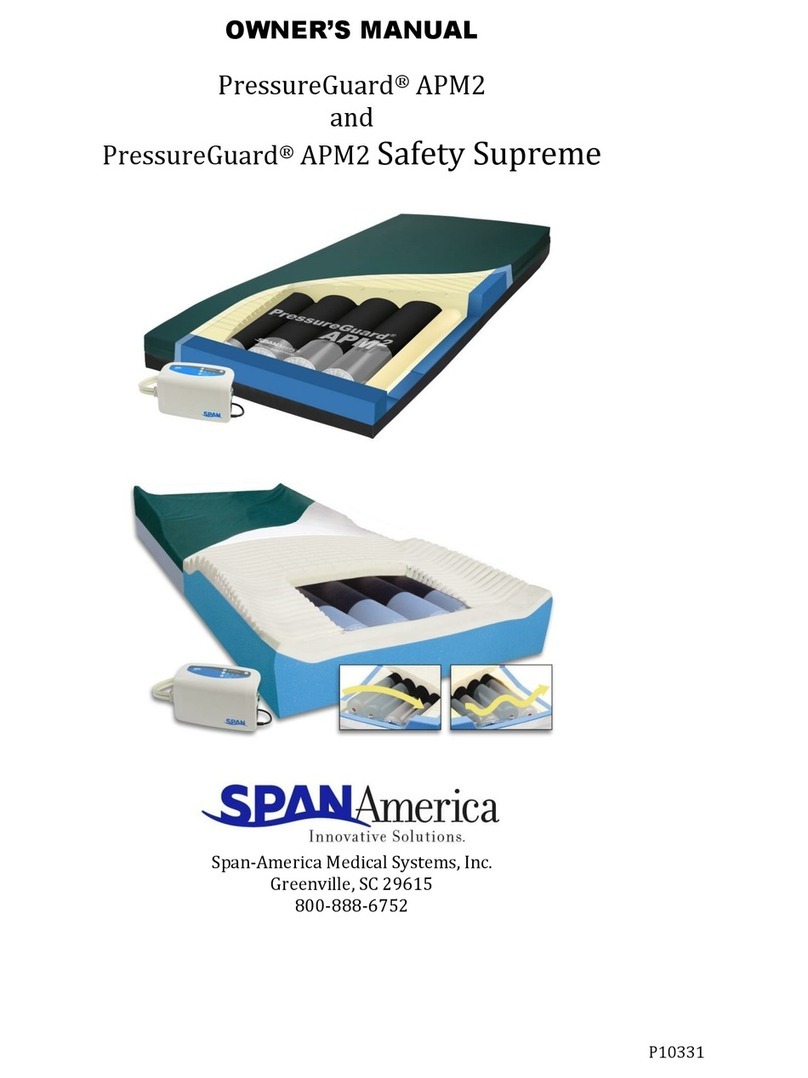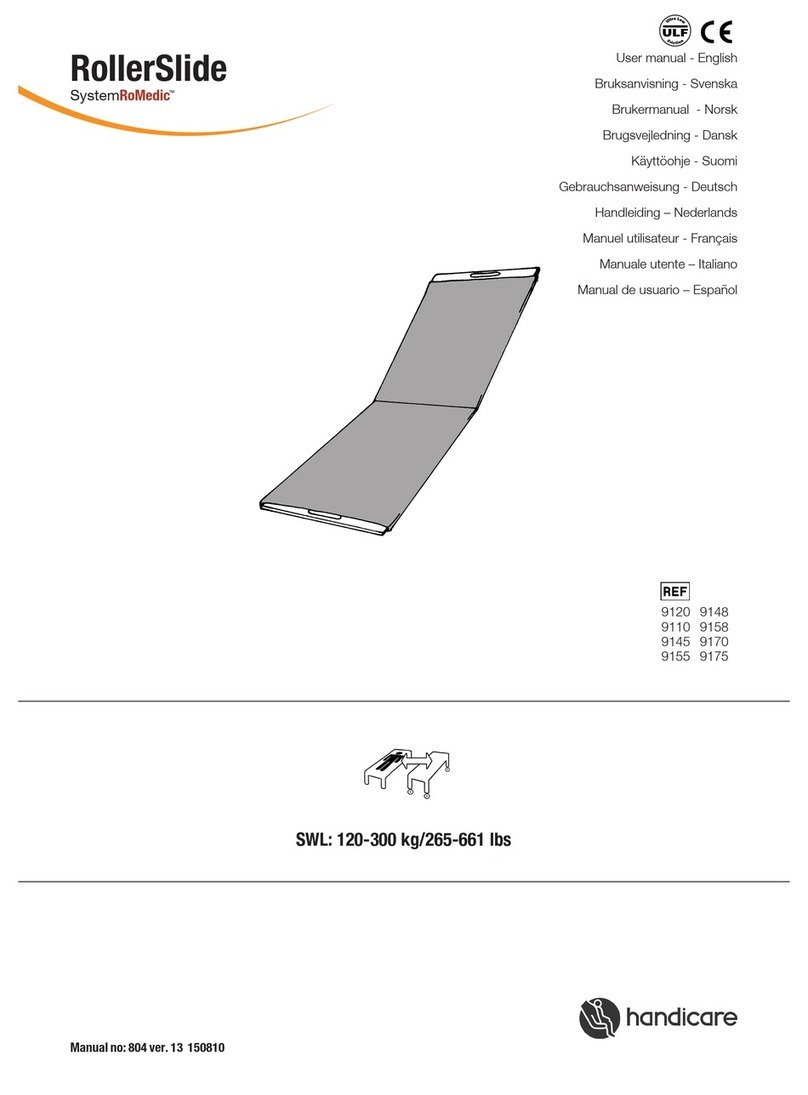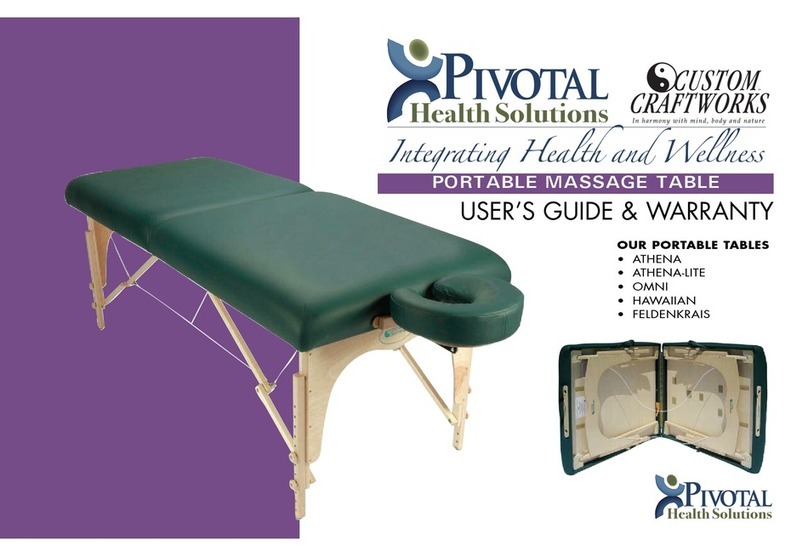9
SALSA Mobile Standing Transfer Hoist Instruction & Safety Manual
General Lifting Procedure
The information supplied below is not intended to be construed as a training manual but as a general
guide to lifting procedure only.
• The SALSA hoist utilises a special type of padded sling designed to fi t around the patients lower
back .It utilises a restraint belt to help prevent the sling from slipping and riding up the patients
back. the restraint belt is adjustable and fastens with either a buckle or a velcro fl ap around the
chest area.
• Key hole buckles on the sling clip onto the studs located on both lift arms of the hoist.
• For detailed sling fi tting instructions refer to COMFORT STANDING SLING USER MANUAL.
• N.B. THIS SLING SHOULD ONLY BE USED WITH THE SALSA HOIST AND MAY NOT BE
COMPATIBLE WITH OTHER PATIENT HOISTS.
• Manoeuvre the hoist around the patient, adjusting the legs to fi t around chair, wheel chair etc. If
lifting from a bed ensure under bed clearance is suffi cient to manoeuvre legs under the bed.
• Lower the SALSA lift arms using the handset buttons until sling keyhole buckles can reach and
easily engage the studs on the lift arms. to prevent possible injury ensure the lift arms do not come
in contact with patients face or body.
• Place keyhole buckles onto the correct stud on each lift arm and pull fi rmly to engae and lock. A
slight resistance should be felt as the buckle moves to the lock position.
• Use the handset to raise the hoist boom enough to take up the patients weight. At this point stop the
lift .Check all sling attachments are secure and that the sling is positioned correctly. Check patient
comfort .Lower and realign sling if necessary.
General Maintenance
To prolong the working life of the lifter and for trouble free operation it is recommended that periodic
inspections should be performed routinely and as often as necessary. Periodic inspections should be
performed by a person who is suitably qualifi ed and well acquainted with the design, use and care of
patient lifting hoists.
If inspection reveals that the safety of the hoist is jeopardised in any way the hoist should be IMMEDIATELY
WITHDRAWN FROM SERVICE, tagged as such and the owner notifi ed.
